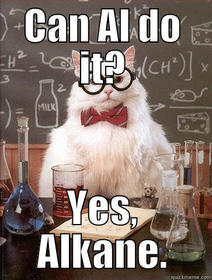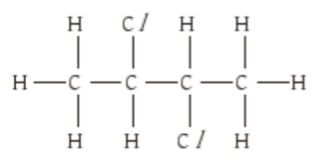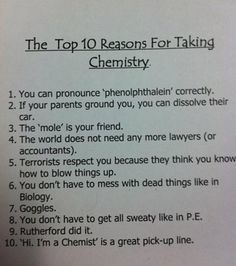AS - Level Chemistry (Module 4) FlashCards sobre Alkanes - questions and answers, criado por Emily Sutton em 28-02-2016.
Pin adicionado em
2074
0
0
Sem etiquetas

|
Criado por Emily Sutton
quase 9 anos atrás
|
|
Fechar





